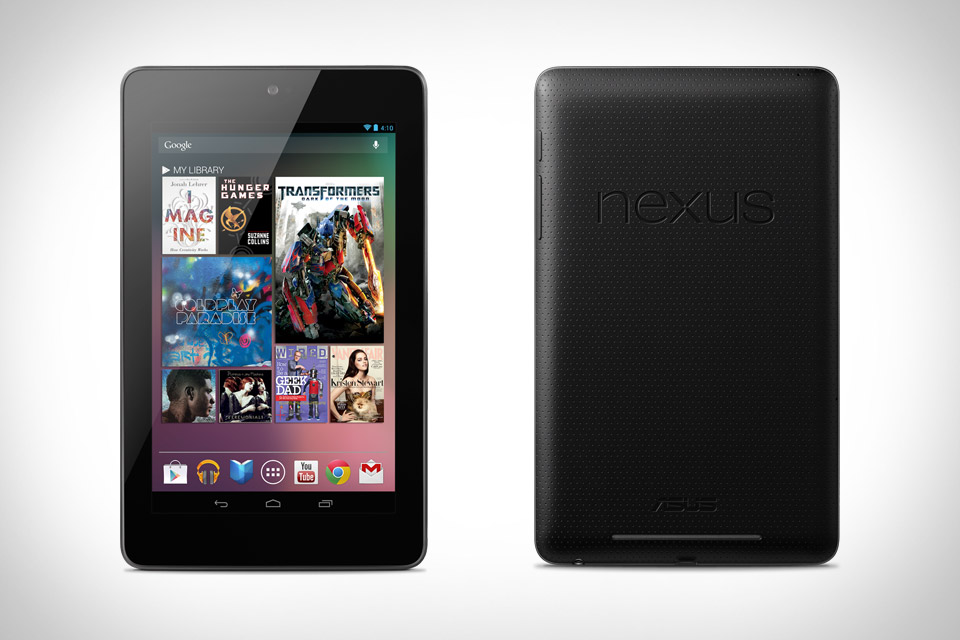Root Google Nexus 7 Tablet
The Google Nexus 7, manufactured by Asus, is known as the “People’s tablet”. Many owners toy with the thought of rooting it so as to gain full access to the system, This will allow them to experiment with custom ROMs or install apps like Titanium Backup et al. This can be done since rooting is very simple thanks to the All-in-one solution Google Nexus 7 Toolkit. In one work step, this tool unlocks the boot loader, sets up the root access and installs important extras like Superuser, BusyBox and ClockworkMod Touch Recovery.
However, there is also a disadvantage. All data gets deleted during the rooting. Therefore, you must manually secure all elements beforehand that cannot be automatically restored directly over your Google account. For this purpose, we recommend an excellent free program called MyPhoneExplorer which can be downloaded here.
Important
You can find the latest version of Google Nexus 7 ToolKit on the Internet on the XDA-Developer page, among other places, and you only have to download it from there. The possibility of a virus concealed in the file is therefore excluded.
Loading and starting Google Nexus 7 ToolKit
Download and install the Google Nexus 7 ToolKit v3.2.0.exe file and follow the instructions carefully. Select "Yes" in the first dialogue and "Next" to proceed with the installation using the wizard.
Selecting desired components
Now, the setup process will require you to select if you wish to install only the program or even the drivers, which are necessary for the connection between the PC and Tablet. In case you’re not sure, just select both options and move ahead selecting the "Next" option again.
With Google Nexus 7 ToolKit, you can even set your device back to the original condition. Select option "9" for doing this and follow the instructions on your screen.
Furthermore, it is possible – and extremely advisable – to secure all data stored on the Google Nexus 7 and let it be restored if necessary. Select "2" to invoke this function. Then make a choice as to whether all installed apps, the contents of the internal memory or the complete system (Nandroid Backup) should be secured. This is always a good idea as well. The tool automatically moves the backup created this way to the computer.
How it’s done
1. Starting in fast boot mode
Shut down the tablet and start it in fast boot mode by keeping the Volume Down and Power buttons pressed simultaneously. If you see "LOCK STATE – LOCKED", you will recognise that the device is not rooted.

Step 2
2. Starting Google Nexus 7 Toolkit
If the installation window is still open, click on "Close". Start the ToolKit using the icon on your desktop. Type "No" into the command line window as the update function in the free version does not function.

Step 3
3. Connecting the tablet with the PC and rooting
Connect the tablet via USB cable to the PC. Type in "23" and hit Enter to update the display. The serial number is now shown. Enter "8" to start all hacks at once.

Step 4
4. Unlocking the Boot loader
Answer the first question with a "Yes". On the tablet, select the option "Yes" using the Volume key and confirm this selection with the Power key. The tablet will then restart and you’ll be greeted with the wizard.

Step 5
5. Installation and USB debugging
Follow the procedure as with the first installation of your Google Nexus 7. If the basic configuration is completed, enable "Developer Options" via "Settings" and activate the function "USB debugging".

Step 6
6. Rooting and installation of extras
The ToolKit recognises that USB debugging mode has been activated and proceeds further. The tablet now starts in fast boot mode. Then Extras like BusyBox and CWM Touch Recovery will already be installed.

Step 7
7. Fixing Problems
The drivers often cause problems. If the ToolKit does not recognise the tablet, which is connected to the PC in fast boot mode, you can install the drivers again via option "1" or "2".
And that’s it. Your Google Nexus Tablet will be rooted and ready to go for custom ROMs and all other apps/features that would require rooting.




Post a Comment
If You Have any problems,feel free to comment.